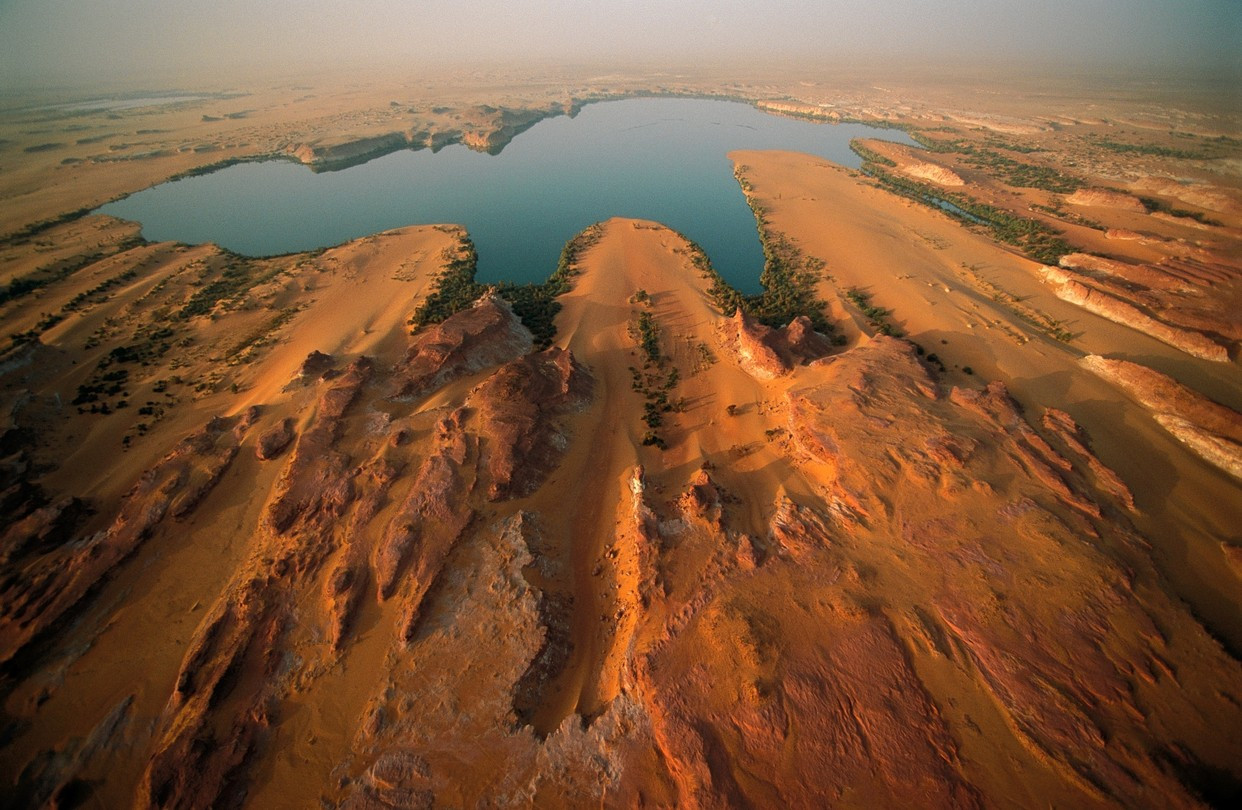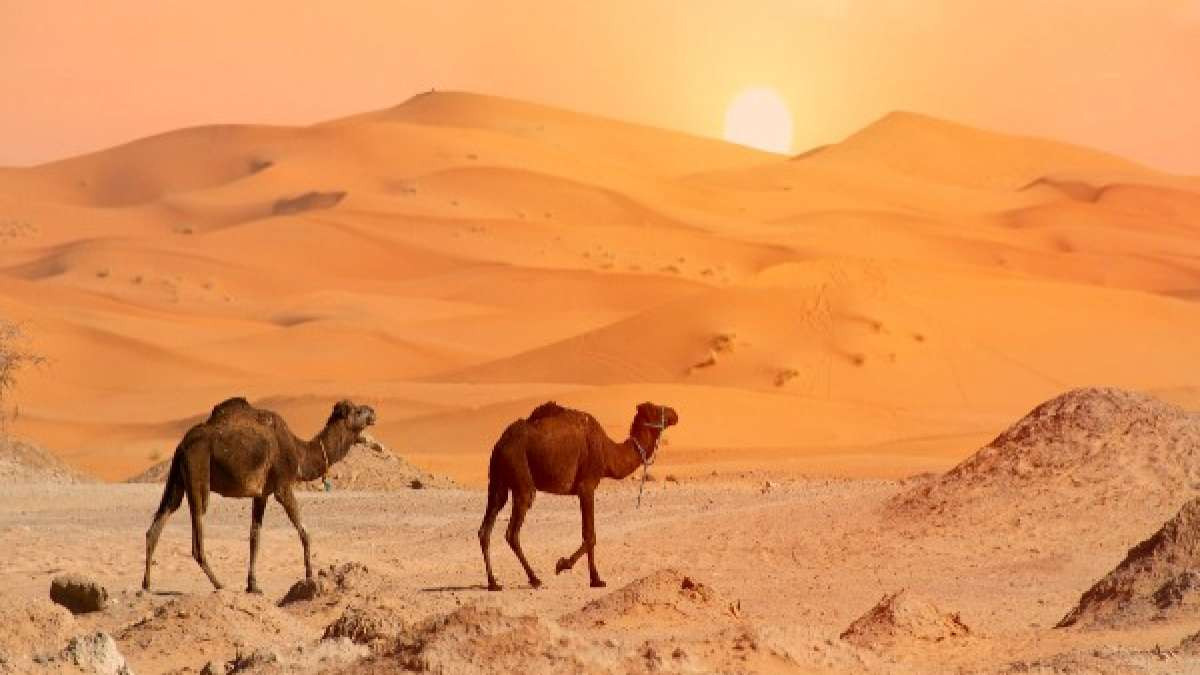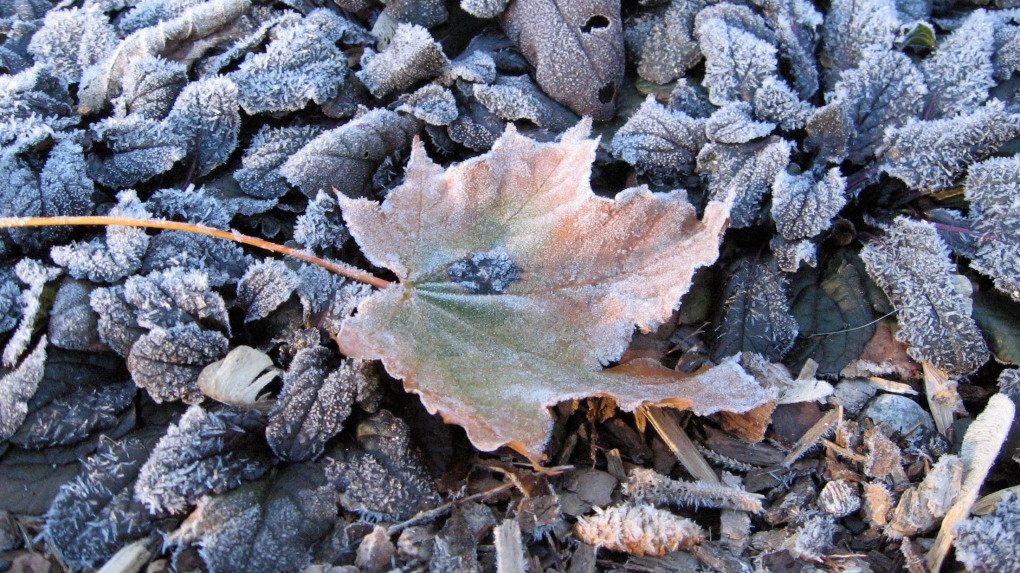The Sahara Desert, the driest place on Earth, is about to experience a rare and significant rainfall event. While rainfall is an infrequent occurrence in the Sahara, this upcoming event is projected to bring over 500% of the desert's typical monthly rainfall for August and September, and as much as 1000% in some central regions. This extraordinary influx of precipitation is a direct result of the shifting Inter-Tropical Convergence Zone (ITCZ), a permanent low pressure belt of rainfall across the equator, which has been moving northward in recent months.
The Sahara's Arid Climate
The Sahara Desert's arid climate is primarily attributed to its location under a subtropical ridge, a semi-permanent high pressure system. This system promotes dry, stable air that descends, hindering cloud formation and precipitation. On average, the Sahara receives only 3 inches of rainfall annually, with over half of the desert seeing less than an inch. This scarcity of rainfall has earned the Sahara its reputation as the driest place on the planet.
A Shift in Weather Patterns
The northward shift of the ITCZ is a phenomenon with far-reaching implications for weather patterns worldwide. This shift is driving rainfall into the Sahara, causing heavy rains and storms throughout the region. While the rainfall amounts may not appear substantial compared to other parts of the world, they represent a substantial increase for the Sahara.
Climate Change Concerns
The unprecedented rainfall in the Sahara Desert raises concerns about the effects of climate change. While some may view the rainfall as a positive change, experts warn that the impact is not as straightforward as it appears.
The Takla Makan Desert
The Takla Makan Desert in northwestern China has experienced similar flooding events due to increased rainfall, with some arguing that this is a beneficial change for the region. However, research indicates that the flooding is a consequence of melting glaciers in the Tianshan Mountain, a major source of several rivers. Once these glaciers melt completely, the rivers will dry up, leaving the region without a reliable source of water.
The Implications of Melting Glaciers
The largest glacier in the Tianshan Mountain has already split into two in 1993 and continues to retreat by 5-7 meters annually. The decline in glacier size has significant repercussions on local biodiversity. For example, the population of the Ili Pika, a small rabbit-like mammal, has declined by 57 percent from 1982 to 2002, and its presence is now scarce.
The Limitations of Rainfall
While increased rainfall may appear beneficial for the Takla Makan Desert, it has limited impact on improving the local ecology. Unlike clay soil, the sandy soil in the desert has poor water retention capabilities, meaning the rainfall is unable to nourish the ecosystem effectively.
The Need for Action
The flooding events in the Takla Makan and the potential for similar situations in the Sahara highlight the pressing need for a global response to climate change. The increased rainfall in these arid regions is not a sustainable solution. Instead, it is a symptom of a larger problem that requires a collective effort to address. As Zhang Zhouxiang, a writer for China Daily, states, "Climate change is a major challenge facing mankind and what is needed is for the world to join hands to reverse the trend."
A Call to Action
The rare rainfall event in the Sahara Desert should serve as a stark reminder of the profound impact of climate change on our planet. It underscores the urgency to address this issue collaboratively and effectively. From reducing greenhouse gas emissions to promoting sustainable practices, individual actions and global cooperation are crucial for mitigating the effects of climate change and protecting our environment. We must act now to safeguard the future of our planet for generations to come.


















